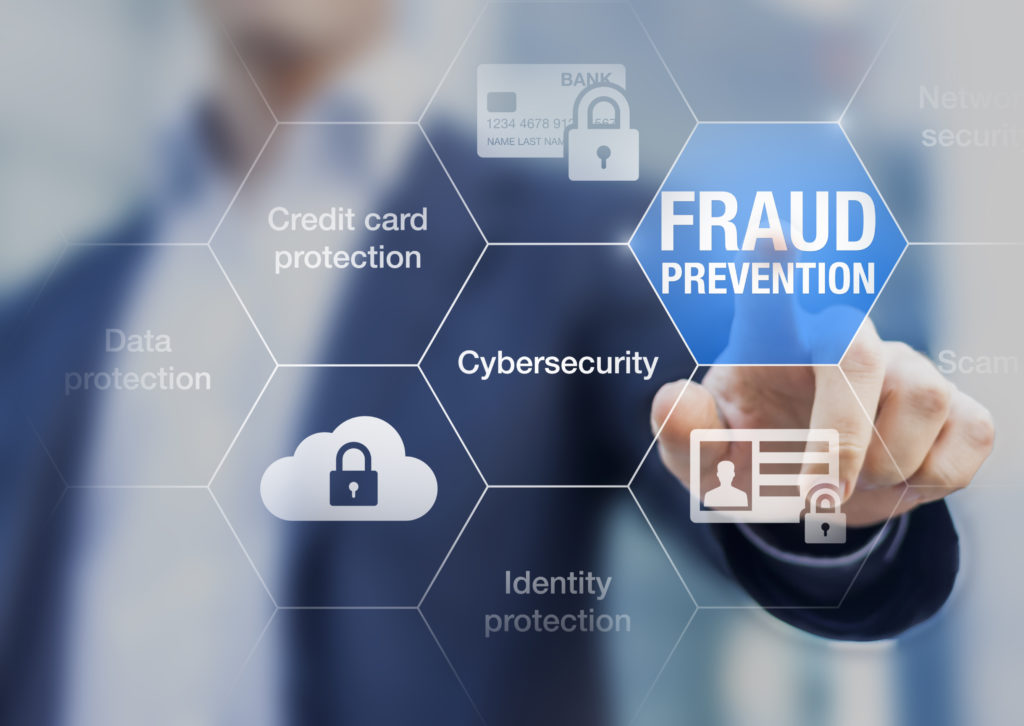As small businesses increasingly embrace mobile banking for its convenience and efficiency, the importance of robust security measures cannot be overstated. Cyber threats are evolving, and safeguarding your financial information is crucial. Here are some best practices to help you navigate the world of mobile banking securely and confidently.
Utilize Strong, Unique Passwords
Protect your mobile banking accounts with strong, unique passwords. Avoid using easily guessable information such as birthdays or common words. A strong password should include a combination of letters, numbers, and special characters. Consider using a password manager to securely store and manage your passwords.
Enable Two-Factor Authentication (2FA)
Two-factor authentication adds an additional layer of security by requiring not only a password but also a second form of verification, such as a text message code or a fingerprint scan. This significantly reduces the risk of unauthorized access to your accounts.
Secure Your Mobile Device
Always lock your mobile device with a PIN, password, or biometric authentication. This precaution ensures that if your device is lost or stolen, unauthorized users cannot access your banking apps. Additionally, keep your device’s operating system and apps updated with the latest security patches.
Be Vigilant Against Phishing Scams
Phishing scams attempt to deceive you into providing sensitive information by posing as a trustworthy entity. Be cautious of unsolicited emails, texts, or calls requesting personal information. Always verify the source before clicking on links or providing any details.
Use Secure Networks
Avoid using public Wi-Fi networks for mobile banking, as they can be easily compromised. Instead, use a secure, private network or a virtual private network (VPN) to protect your data from potential eavesdroppers.
Monitor Your Accounts Regularly
Regularly review your bank statements and transaction history for any suspicious activity. Early detection of unauthorized transactions can help mitigate potential damage. Set up account alerts to receive notifications of any unusual activity.
Educate Your Employees
Ensure that your employees are knowledgeable about mobile banking security best practices. Regular training sessions can help them recognize potential threats and understand the importance of maintaining security protocols.
Collaborate with Your Bank
Community banks are dedicated to assisting small businesses in navigating the complexities of mobile banking security. Establishing a strong relationship with your local bank can provide you with tailored guidance and support. By adhering to these best practices, you can significantly enhance the security of your small business’s mobile banking activities. Vigilance and proactive measures are key to protecting your financial information in the digital age.



